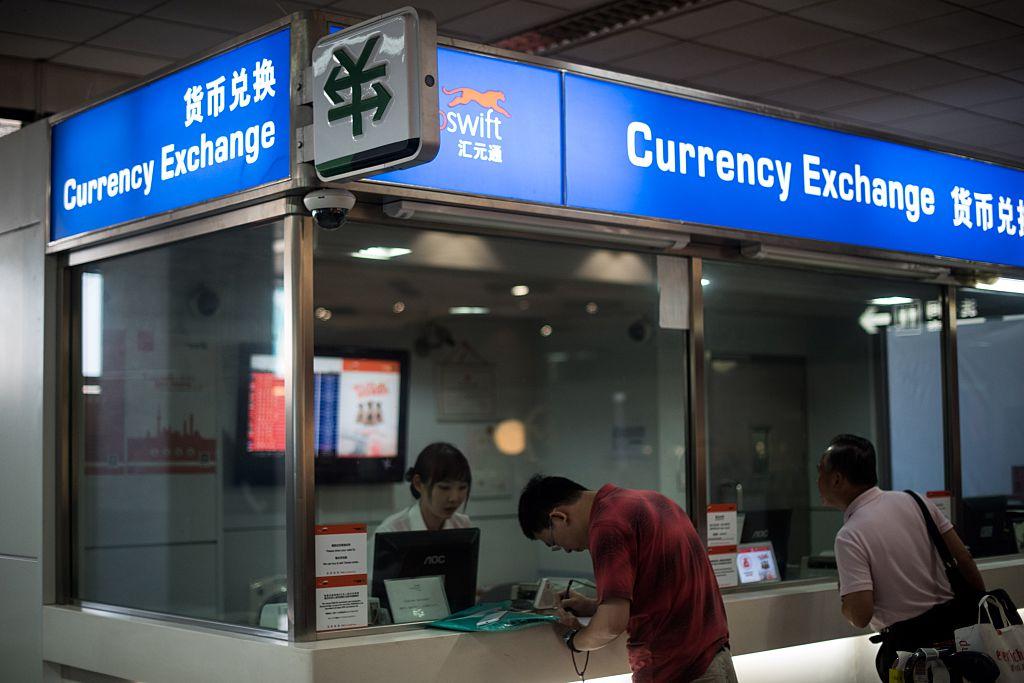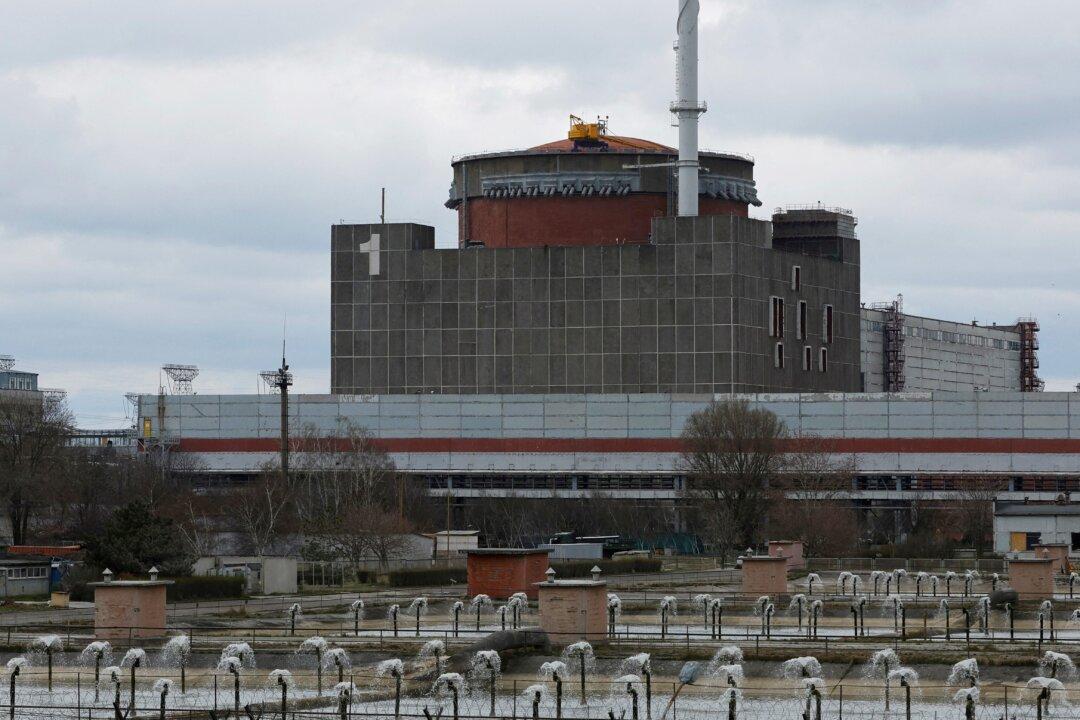A power crunch and record heatwaves in China have disrupted factories, offices, farmlands, and many of the cities’ essential functions. Some subway stations are reportedly dimmed, with little to no lighting.
Dan Wang, chief economist of Hang Seng Bank (China) told CNBC that the power crisis and droughts would likely cause China’s GDP growth to fall below 3 percent, lower than the already reduced projection.





